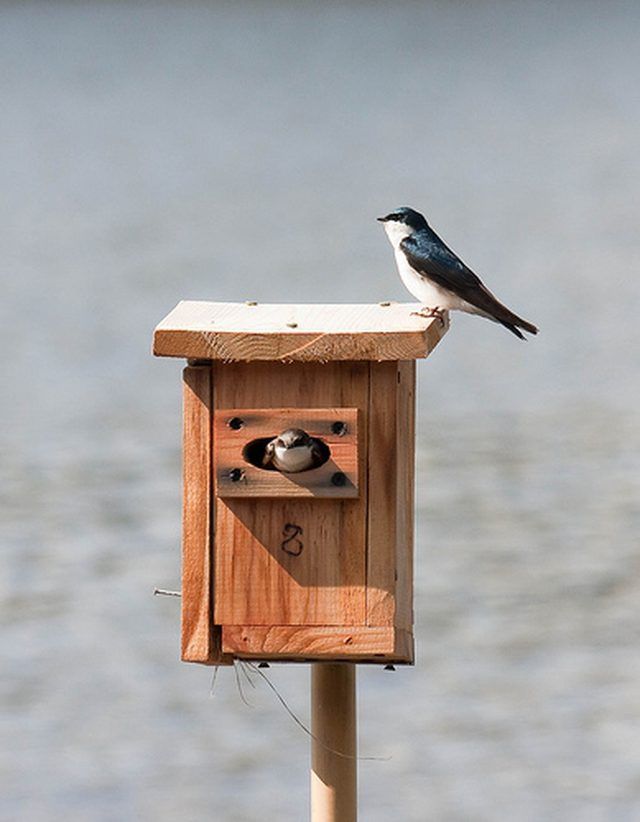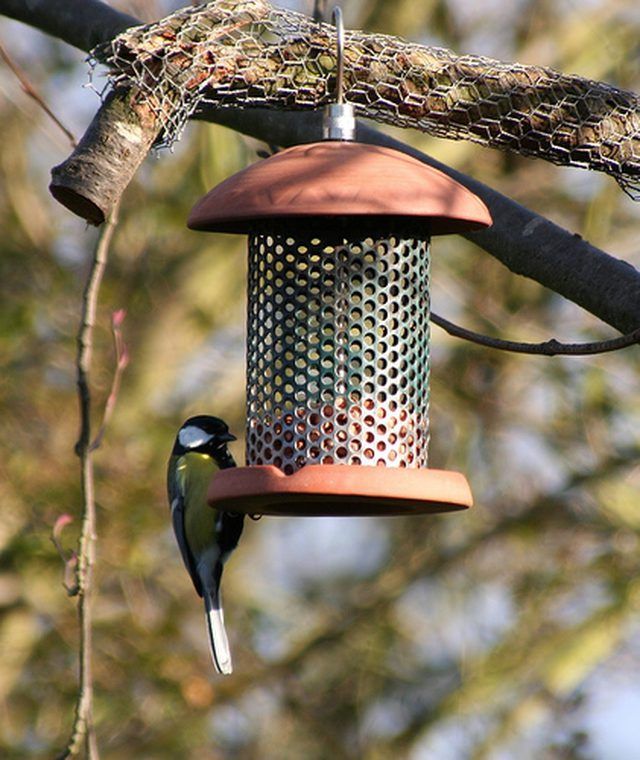Bulbs
Flower Basics
Flower Beds & Specialty Gardens
Flower Garden
Garden Furniture
Garden Gnomes
Garden Seeds
Garden Sheds
Garden Statues
Garden Tools & Supplies
Gardening Basics
Green & Organic
Groundcovers & Vines
Growing Annuals
Growing Basil
Growing Beans
Growing Berries
Growing Blueberries
Growing Cactus
Growing Corn
Growing Cotton
Growing Edibles
Growing Flowers
Growing Garlic
Growing Grapes
Growing Grass
Growing Herbs
Growing Jasmine
Growing Mint
Growing Mushrooms
Orchids
Growing Peanuts
Growing Perennials
Growing Plants
Growing Rosemary
Growing Roses
Growing Strawberries
Growing Sunflowers
Growing Thyme
Growing Tomatoes
Growing Tulips
Growing Vegetables
Herb Basics
Herb Garden
Indoor Growing
Landscaping Basics
Landscaping Patios
Landscaping Plants
Landscaping Shrubs
Landscaping Trees
Landscaping Walks & Pathways
Lawn Basics
Lawn Maintenance
Lawn Mowers
Lawn Ornaments
Lawn Planting
Lawn Tools
Outdoor Growing
Overall Landscape Planning
Pests, Weeds & Problems
Plant Basics
Rock Garden
Rose Garden
Shrubs
Soil
Specialty Gardens
Trees
Vegetable Garden
Yard Maintenance
Bird Feeders Vs. Bird Houses
Bird Feeders Vs. Bird Houses. If you are a beginner bird watcher, you may be wondering whether bird houses or bird feeders are the best choice for your viewing area. Here are some things to keep in mind when considering the purchase of one, or expanding your collection of bird-friendly products.

If you are a beginner bird watcher, you may be wondering whether bird houses or bird feeders are the best choice for your viewing area. Here are some things to keep in mind when considering the purchase of one, or expanding your collection of bird-friendly products.
Bird Houses
The types of birds that will choose to nest inside a bird house are birds that are known as cavity nesters. In many urban areas, a natural cavity--for example a hole in a large tree--may be hard to find. By placing artificial nesting boxes in your yard, you are giving these birds a safe place to raise their young. Most birds prefer a natural wood box as it feels more like a natural nesting area in a tree. You should avoid painting or treating the wood with a toxic paint or stain that may be unhealthy for the birds or their eggs.

Bird Feeders
Bird feeders do not provide shelter for birds, but rather an avenue for them to be fed. The many types of bird feeders include tubular, flat, platform and suet cages, and cylindrical feeders for hummingbirds. Some types of feeders are even designed to be squirrel-proof. If you prefer feeding lots of birds at one time, a platform-shaped feeder will work best, while a tubular feeder will allow only one or two birds to eat seed at a time.
Location
Location is very important for both bird houses and bird feeders. Many birds will not nest in a house that is not hung at precisely the height the bird prefers. Nor will they select a nesting box placed in an area where other cavity nesters are very close. Birds like their privacy when mating and prefer to raise their young in a somewhat isolated area. Birds have a keen sense of safety and will not choose a location in a tree where a cat might climb. However, birds become more sociable in their eating habits. This means you can place a few feeders in the same area, because birds will not be intimidated by their counterparts when coming to eat. They will also be wary of squirrels, so take care to "squirrel-proof" your buffet. Make sure there is are no thorny bushes or briars in the area where birds will be flying in to feast at your table.
Cost
Both bird houses and bird feeders can be found in a wide price range. Bird feeders can be purchased very inexpensively. And, with birdhouses, higher priced ones will not necessarily mean more inhabitants. Choose a home with the proper width hole and sturdy construction. Also, bird houses used as ornamental decor should be hung indoors or in another area of your garden away from the homes you purchase as nesting boxes.
Maintenance
A bird house should have a clean-out door so nesting material may be removed at the end of each mating season. To do this, open the door and remove all nesting materials while wearing gloves. Clean the area with a little warm soapy water and allow to air dry. If this is done shortly after baby birds have flown the nest, it may be possible for a second nesting to occur in the box the same season.
Bird feeders will require more frequent cleaning, especially if a lot of bird droppings are noticed. Remove old seed from the feeder and if possible wash with soapy water and dry, or spray clean with a garden hose. Bird feeders also require more frequent filling with seed. You may need to fill the bird feeder a couple of times each day if you experience a heavy amount of traffic to your garden.
Benefits
There are many benefits to having bird houses and bird feeders. By placing them in your yard, you are providing safety, habitat and food for our feathered friends while, at the same time, enjoying a relaxing activity that can be enjoyed year round.